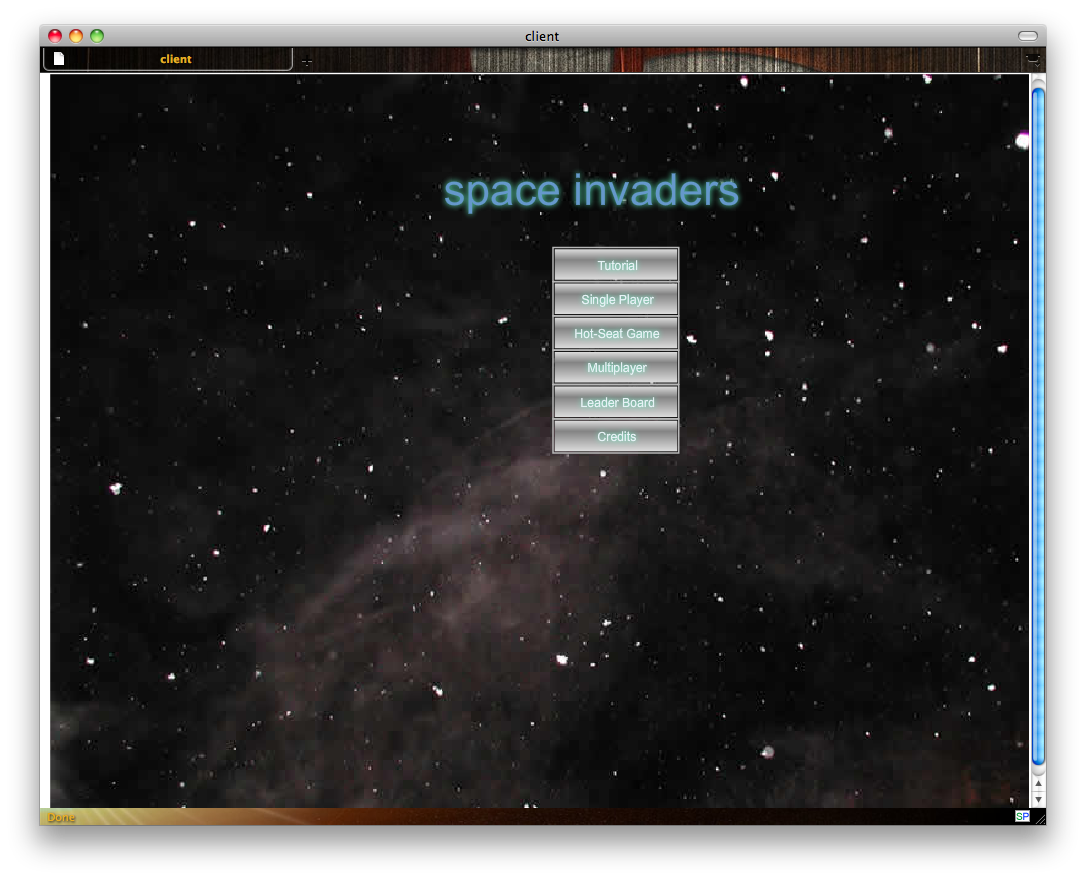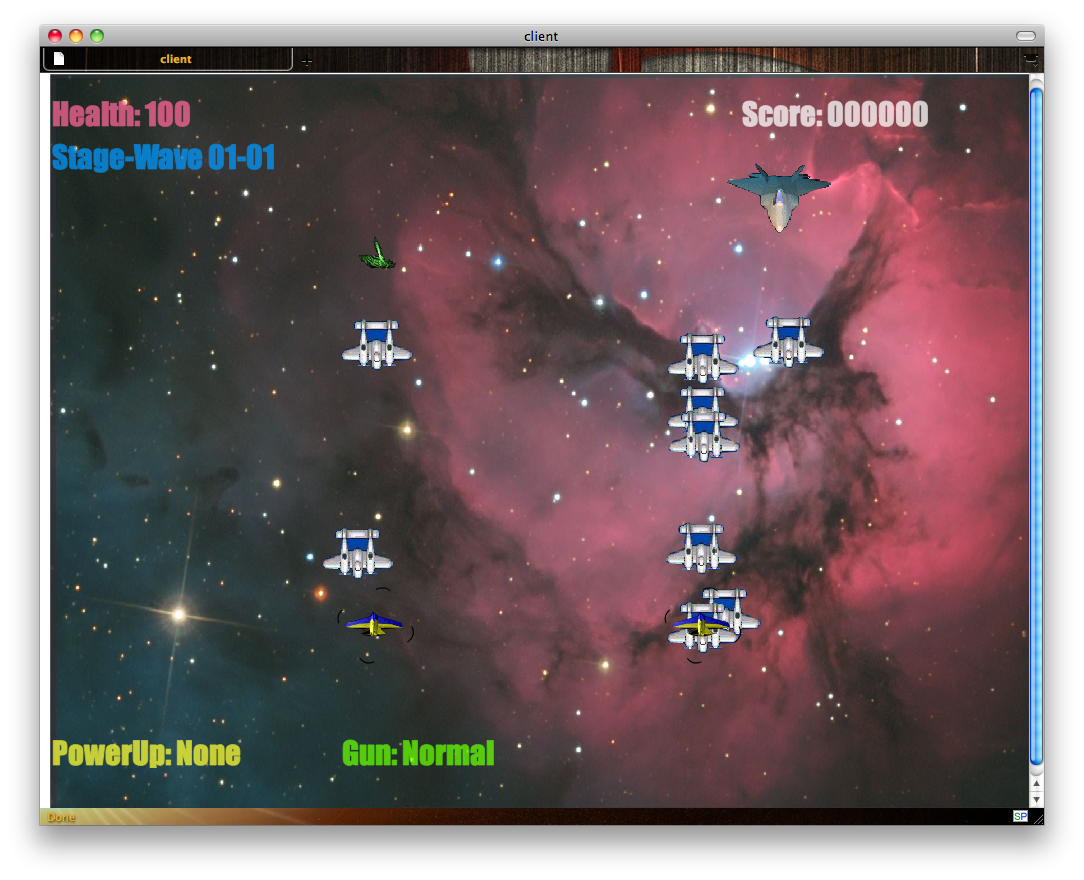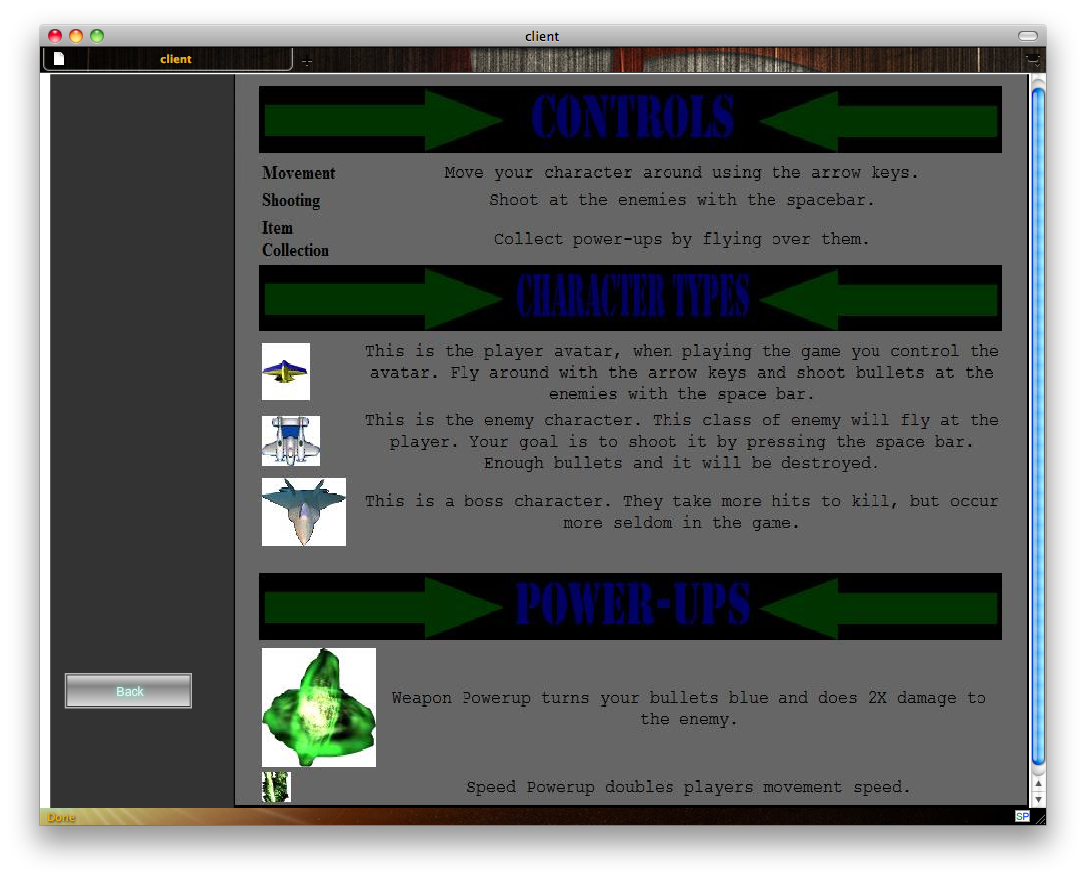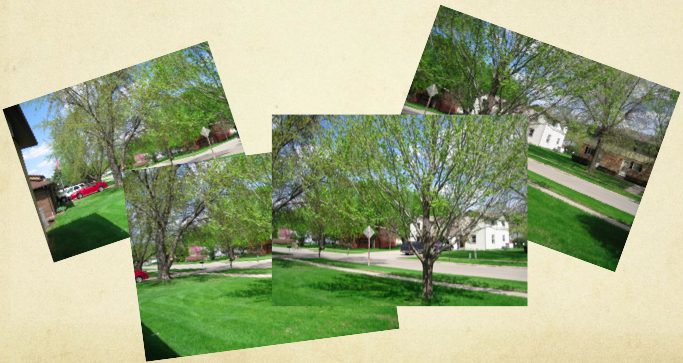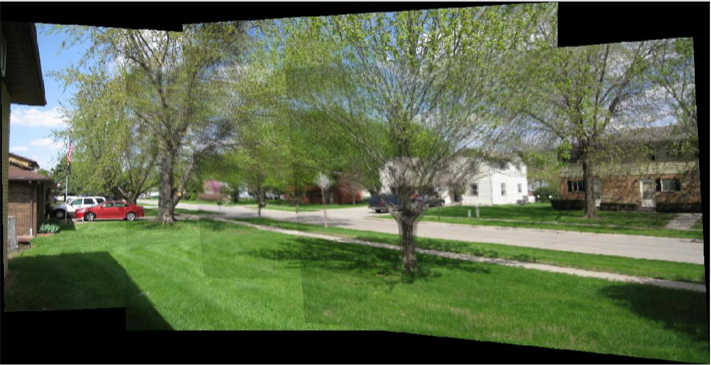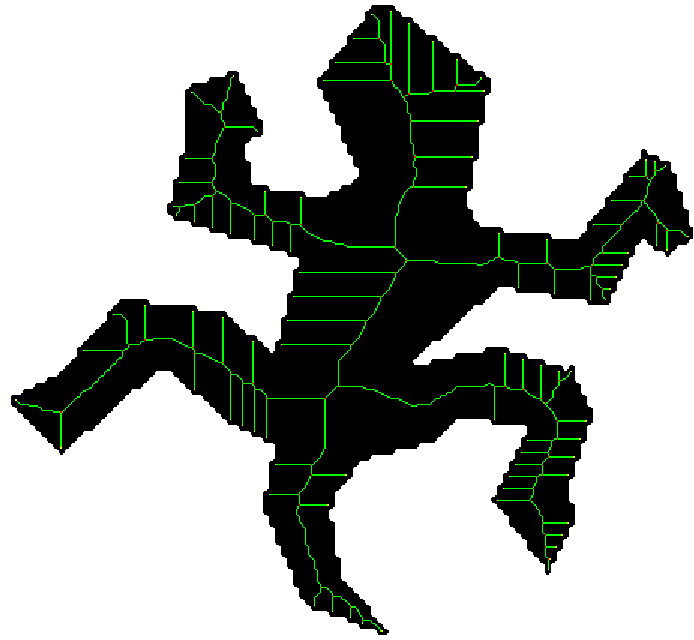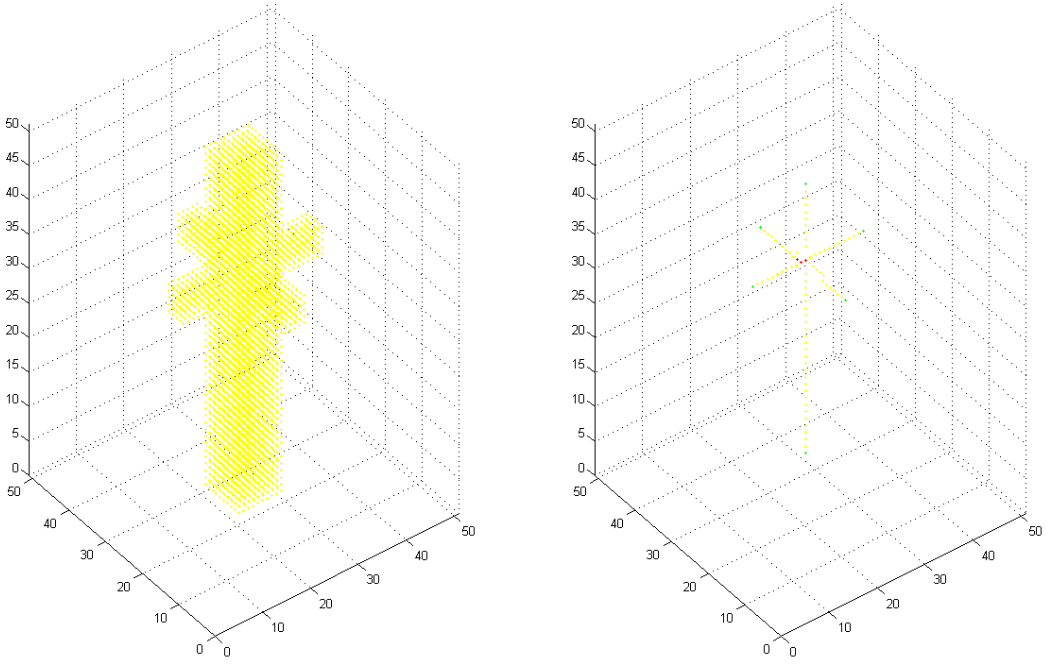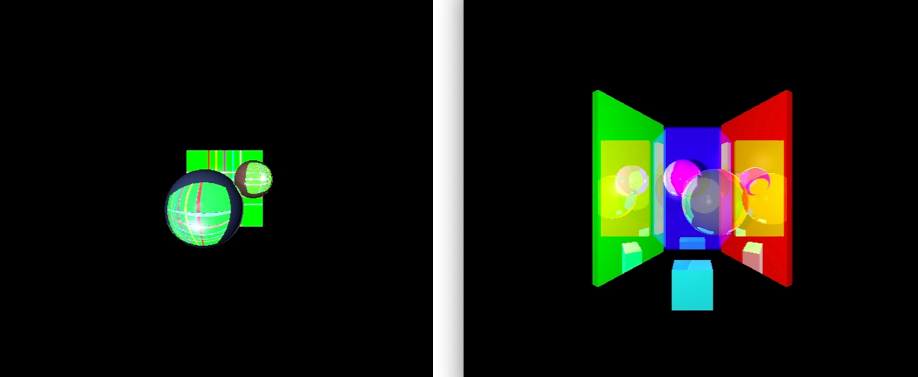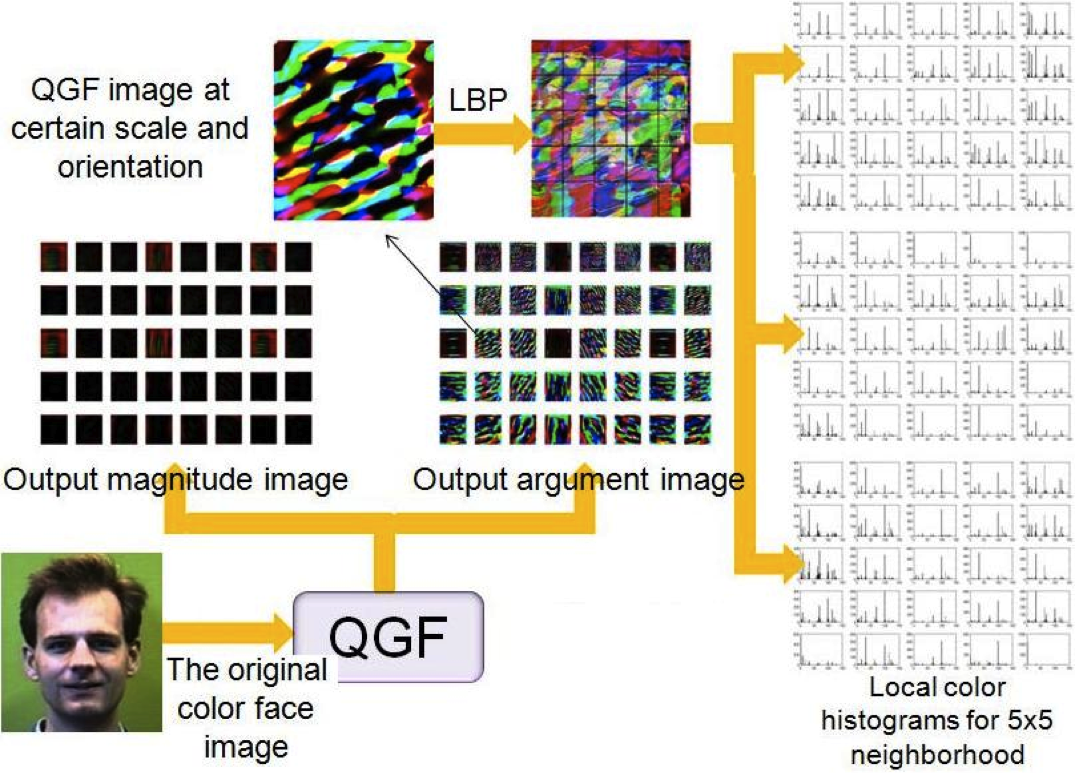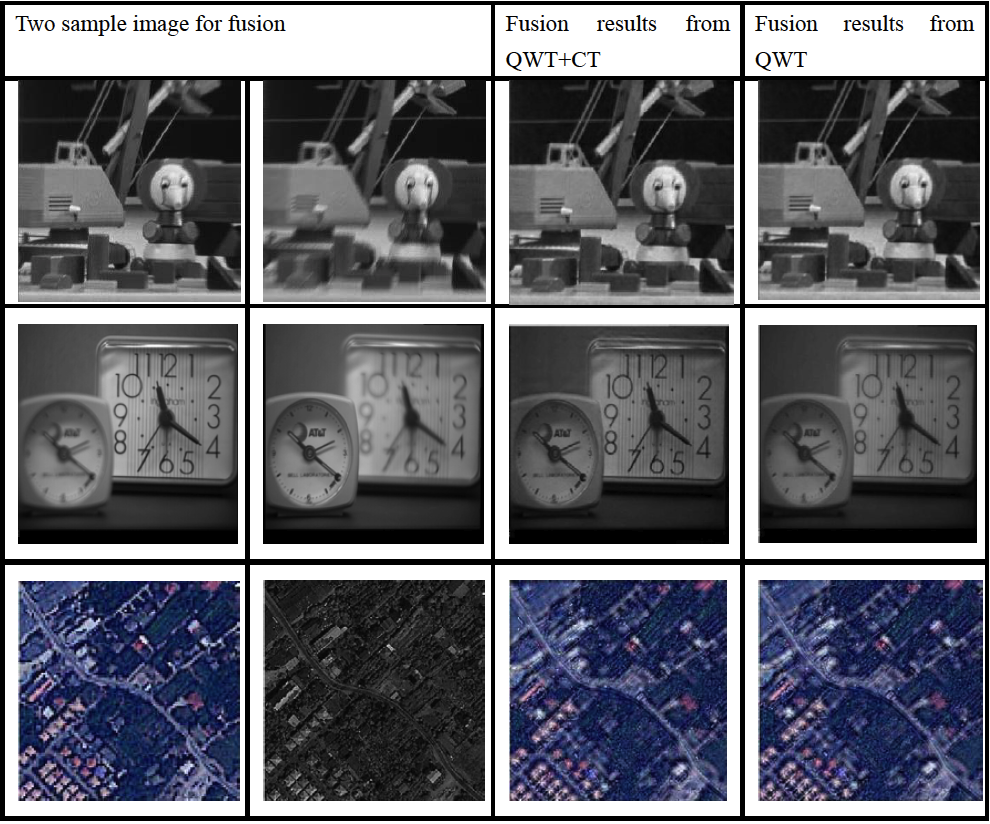BRAINS Constellation Detector
December 12, 2010
BRAINS Constellation Detector is an automated detector designed for estimating landmark constellation in 3D digital MR brain images. The tool is also one of a series in BRAINS tool suite for a comprehensive brain image analysis. It has been developed as part of my MS thesis (download here) at the Psychiatric Iowa Neuroimaging Consortium in University of Iowa Hospitals and Clinics, under the supervision of Dr. Hans J Johnson.
Method Highlights:
Detection result
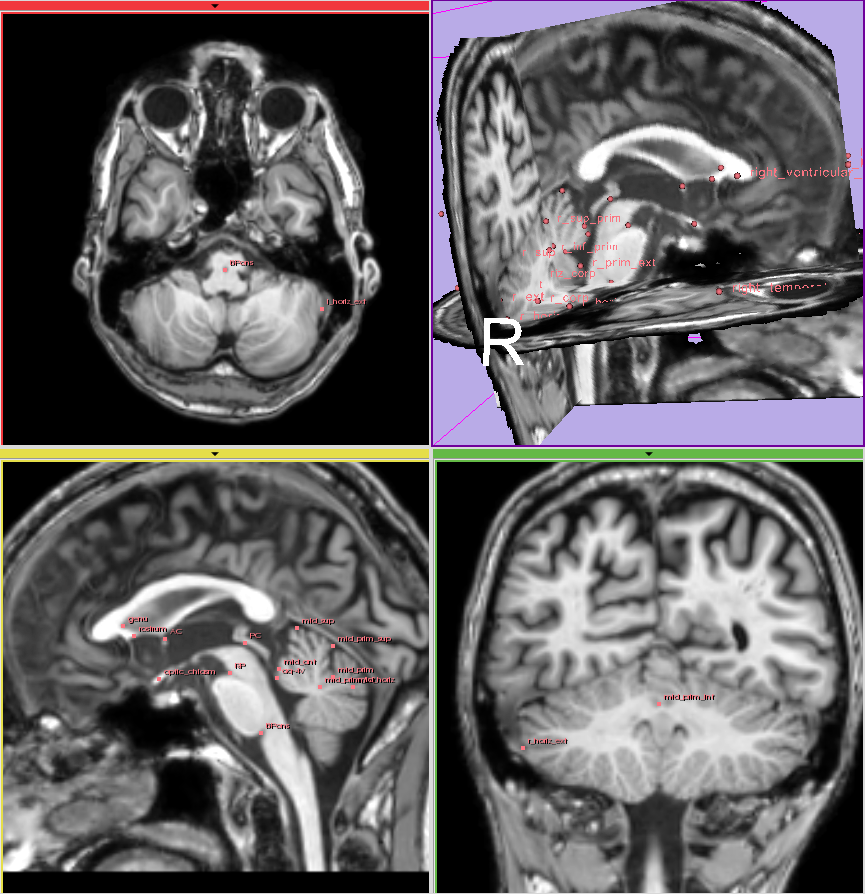
GUI tool

Atlas construction result



Reference:
Project homepage at NITRC
My MS Thesis pdf
Defense Presentation pdf
Method Highlights:
- Spatial localization using evolutionary principal components
- Image representation and local search using statistical shape models
- Atlas construction using generalized splines
- Eye detection using probabilistic radial Hough transform
- Finding optimal rigid transform using Powell's optimizer
- Image clustering using Otsu thresholding
- Landmark search center prediction using morphometric constraining
Detection result

GUI tool

Atlas construction result



Reference:
Project homepage at NITRC
My MS Thesis pdf
Defense Presentation pdf
Posted by Wei Lu. Posted In : Software Engineering

